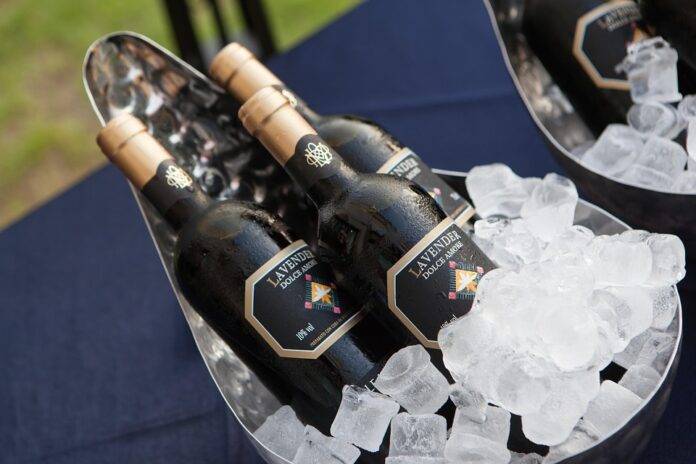Introduction
Canada and Germany are two of the world’s leading producers of ice wine, a unique and luxurious dessert wine made from grapes that have been frozen while still on the vine. Both countries have established themselves as top players in the global ice wine market, with their wines being highly sought after for their exceptional quality and distinct flavors. In this report, we will explore the reasons why Canada and Germany dominate the ice wine industry, examining factors such as climate, regulations, industry practices, and market trends.
Climate and Geography
Canada
Canada’s cold climate and unique geography play a significant role in its success as a top ice wine producer. The country’s most renowned ice wine region is the Niagara Peninsula in Ontario, where cold temperatures in the winter months allow grapes to freeze naturally on the vine. This extreme weather condition is crucial for the production of high-quality ice wine, as the freezing process concentrates the sugars and flavors in the grapes, resulting in a rich and sweet wine.
Germany
Similarly, Germany’s cold climate and hilly terrain provide ideal conditions for producing ice wine. The country’s most famous ice wine region is the Mosel Valley, where steep vineyards overlooking the river create the perfect microclimate for grape cultivation. The cool temperatures in the region allow grapes to freeze on the vine, leading to the production of world-class ice wines with a perfect balance of sweetness and acidity.
Regulations and Standards
Canada
In Canada, ice wine production is strictly regulated to ensure quality and authenticity. The Vintners Quality Alliance (VQA) system in Ontario and British Columbia sets standards for grape growing, winemaking, and labeling practices, guaranteeing that only the highest quality ice wines bear the VQA designation. These regulations help maintain Canada’s reputation as a premier ice wine producer and protect consumers from counterfeit products.
Germany
Germany also has strict regulations governing the production of ice wine. The country’s wine laws specify that ice wine must be made from grapes that have been frozen naturally on the vine, without the use of artificial freezing methods. Additionally, German ice wine producers must adhere to quality control standards set by regional wine authorities to ensure the authenticity and integrity of their products.
Industry Practices and Expertise
Canada
Canadian ice wine producers have honed their craft over decades of experience, mastering the art of harvesting and pressing frozen grapes to extract the concentrated juice needed for ice wine production. Many Canadian wineries have invested in state-of-the-art equipment and technology to optimize the winemaking process and produce consistent, high-quality ice wines year after year.
Germany
German winemakers are known for their meticulous attention to detail and dedication to traditional winemaking practices. The country’s long history of producing ice wine has led to a wealth of knowledge and expertise in the industry, with many producers passing down their techniques and skills through generations. German ice wine producers are committed to upholding the reputation of their wines as some of the best in the world.
Market Trends and Demand
Canada
The demand for Canadian ice wine has been steadily increasing in recent years, both domestically and internationally. Canadian ice wines are highly regarded for their exceptional quality and unique flavors, attracting wine enthusiasts and connoisseurs from around the world. As a result, Canadian ice wine producers have seen a rise in exports to key markets such as the United States, China, and Europe, driving growth in the industry.
Germany
Similarly, German ice wine has gained popularity among wine lovers globally, with demand for these sweet elixirs continuing to grow. German ice wines are prized for their elegance, complexity, and balance, making them a favorite choice for special occasions and gifts. The country’s reputation for producing top-quality ice wines has solidified its position as a leading player in the global market, with exports to countries like the United States, Canada, and Japan on the rise.
Conclusion
In conclusion, Canada and Germany lead global ice wine production due to a combination of favorable climate conditions, stringent regulations, industry expertise, and growing market demand. Both countries have established themselves as top producers of high-quality ice wines, with their products being highly sought after by consumers worldwide. As the popularity of ice wine continues to rise, Canada and Germany are poised to maintain their dominance in the industry and remain key players in the global wine market.


